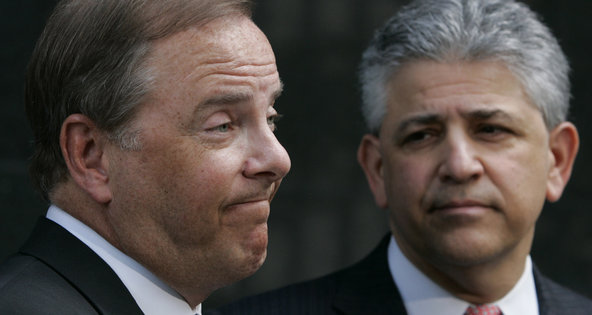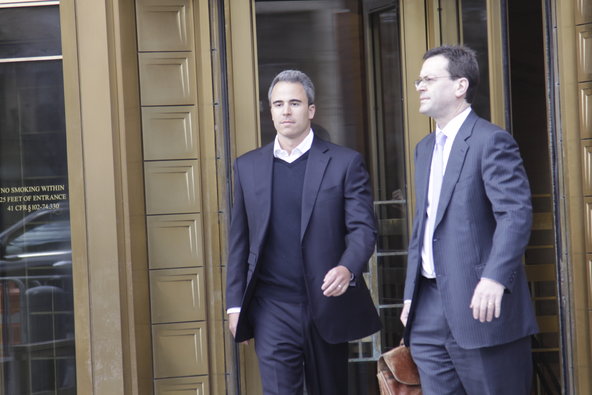That indifference should surprise no one who has ever tried to deal with the any of the three big credit reporting agencies, Equifax, TransUnion and Experian. “You feel trapped, like you are in a box,” said Ms. Miller, a 57-year-old nurse who works in a dermatologist’s office. “You have no control over this, and you can’t call them up and say, ‘You’re fired.’ ”
So she tried suing. That worked. A jury in Federal District Court in Portland, Ore., last week awarded her a whopping $18.4 million in punitive damages, which, according to consumer lawyers, is the largest individual case on record.
If you think this has taught Equifax and the other credit reporting companies a lesson, you are a lot more optimistic than close observers of the industry. They say that despite the huge judgment, little is going to change for the millions of Americans who discover errors in their credit reports.
The credit bureaus are willing to tolerate these errors — and settle with consumers out of court — as a cost of doing business, according to credit experts and lawyers who work on these cases.
“Their business model is to keep doing the same thing over and over again,” said Justin Baxter, the lead lawyer on Ms. Miller’s case. “They can buy off a number of consumers with small dollar amounts and get rid of the vast majority of cases. To Equifax, that’s the cost of doing business.”
Ms. Miller made every effort to fix her report, exactly as consumers are advised to do. She initiated the company’s dispute process about seven times, and in most instances, Equifax would spit back a form letter saying it need more proof of her identity. So she sent her pay stub and her phone bill. When that didn’t work, she sent her pay stub and her driver’s license. And when that failed, she sent her W-2 form and an insurance bill — at least three times.
But nothing ever changed: Ms. Miller, a model financial citizen who once had the credit score to prove it, had become mixed up with another, much less creditworthy Julie Miller. After she was denied a line of credit from KeyBank, she discovered 38 collection accounts on her credit report, none of which belonged to her, along with an inaccurate Social Security number and birth date. Her financial life was no longer her own.
Mixed files, as they are known in the credit industry, most frequently involve people who share common names with individuals who have similar Social Security numbers, birth dates or addresses. But these errors are notorious for being among the most difficult to fix, credit experts said, and require human intervention to untangle the mess. But given the huge number of disputes, the process to address them is largely automated. And that is the excuse the industry advances to consumers who get stuck in its web.
The bureaus often outsource thousands of disputes daily to workers overseas. Those workers, often overwhelmed by the sheer volume of cases, are largely told to translate the problem into a two- or three-digit code that defines the gist of the problem (account not his/hers, for instance) and feed it into a computer.
But that process won’t untangle a mixed credit report. The reason files become mixed to begin with can be traced back to the computer formula the bureaus use to match credit data to a specific person’s credit report. It allows credit data, say a late payment on a credit card, to be inserted into a person’s file even if the identifying information isn’t an exact match. In other words, the system might add a late payment to the credit report of someone like Julie Miller even if the Social Security number is off by two digits or a birth date is off by two years, but enough of the other identifying information matches. That’s roughly what happened to Ms. Miller.
Partial matches aren’t always wrong, of course. Solid estimates on the number of mixed files are hard to find, though a 2004 study from the Federal Trade Commission said that partial matches occurred in about 1 to 2 percent of credit files, citing data from the bureaus. That might not sound like much, but when you consider that there are 200 million individuals with credit files at each of the big three bureaus, that translates to two million to four million consumers.

Article source: http://www.nytimes.com/2013/08/03/your-money/credit-scores/credit-bureaus-willing-to-tolerate-errors-experts-say.html?partner=rss&emc=rss



